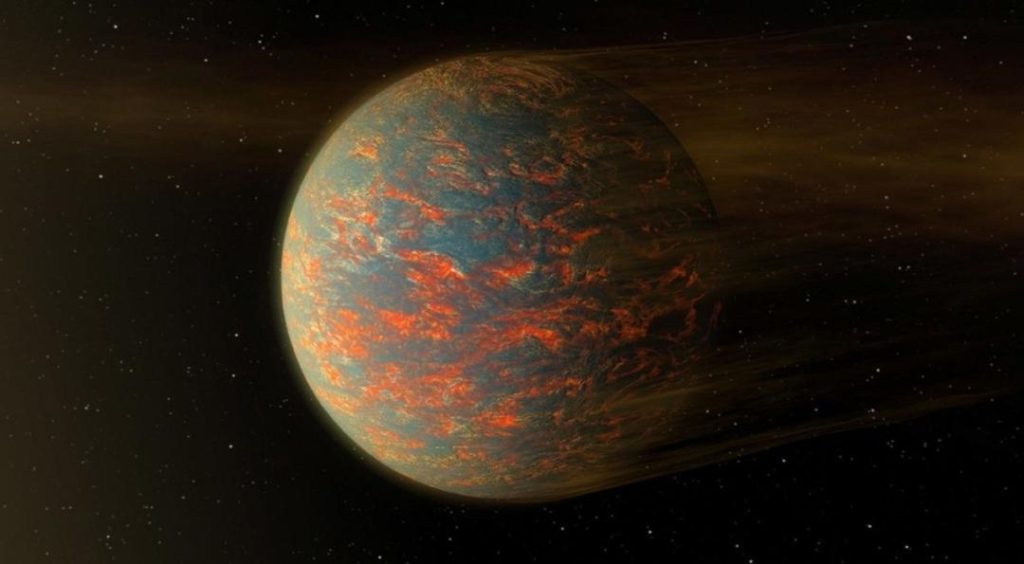
Newly-Discovered Super-Earth Heats Up & Freezes Every 300 Days
Scientists have recently made a groundbreaking discovery of a new exoplanet, a “super-Earth” that orbits a Sun-like star just 20 light-years from our own planet. What makes this newly-discovered world so fascinating is its unique orbital pattern, which sees it experience extreme heat for the first part of its year and freezing temperatures for the rest of the days. This astonishing phenomenon occurs roughly every 300 days, making it a truly remarkable celestial body.
The exoplanet, classified as a “super-Earth” due to its size being bigger than our own planet but smaller than the gas giants Neptune and Uranus, is a significant find in the field of astrobiology and planetary science. The discovery was made possible through the use of advanced telescopes and data analysis techniques, which have allowed scientists to study the planet’s orbit and temperature fluctuations in unprecedented detail.
The super-Earth, which has been named KELT-9b, orbits its host star in an oval shape, with the closest point of its orbit (called periastron) bringing it as close as 1.5 times the distance between the Earth and the Sun. This proximity to the star results in the planet experiencing extremely high temperatures, with surface temperatures reaching as high as 4,300 degrees Fahrenheit (2,300 degrees Celsius). This is hotter than the surface of the Sun, which has a temperature of around 5,500 degrees Celsius (10,000 degrees Fahrenheit).
However, as KELT-9b moves further away from its star, the temperatures drop dramatically, causing the planet’s surface to freeze. This extreme temperature fluctuation is due to the planet’s unique orbit, which takes it from the scorching heat of its star’s proximity to the freezing cold of its distance from the star.
“This is a very unusual planet,” said Dr. Scott Gaudi, lead author of the study and an astronomer at Ohio State University. “The extreme temperatures and the fact that it’s a super-Earth make it a very interesting object to study. We’re excited to learn more about this planet and its potential for hosting life.”
The discovery of KELT-9b has significant implications for our understanding of planetary formation and the search for extraterrestrial life. The planet’s unique orbit and temperature fluctuations raise questions about the potential for life to exist on the planet, particularly in the areas where the temperatures are more moderate.
“It’s possible that life could exist on KELT-9b, but it would likely be very different from life on Earth,” said Dr. Gaudi. “The planet’s extreme temperatures and the fact that it’s a super-Earth suggest that it may have a very different environment than what we’re used to on our own planet.”
The discovery of KELT-9b is also significant because it highlights the importance of continued investment in space exploration and the search for exoplanets. The NASA Exoplanet Exploration program, which is responsible for the discovery, is a key part of this effort, providing scientists with the tools and resources necessary to study the thousands of exoplanets that have been discovered so far.
The discovery of KELT-9b is a testament to the power of human curiosity and our desire to explore and understand the universe. As scientists continue to study this fascinating planet, we may uncover new insights into the potential for life beyond Earth and the formation of planetary systems.
Source:






